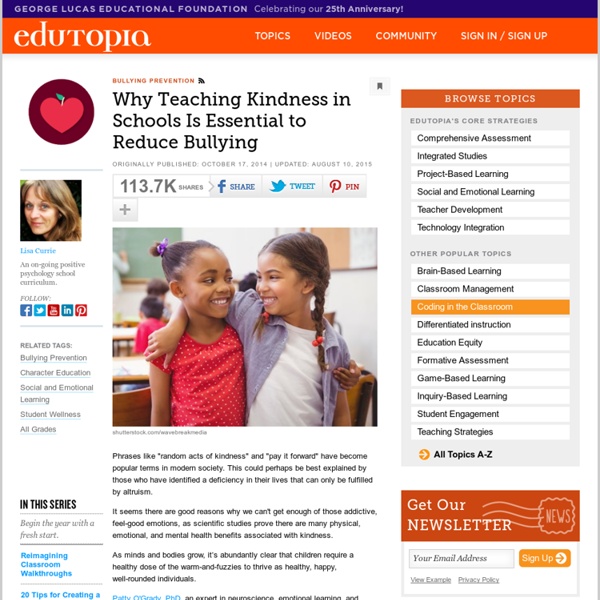What an Effective Teacher's Classroom Looks Like
Another school year is approaching and many novice teachers are preparing to enter their own classrooms for the first time. To help them on their way, MiddleWeb is publishing a series of brief articles offering good advice and food for thought. What We See in Effective and Ineffective Classrooms by Annette Breaux and Todd Whitaker In our ongoing observations of teachers, we continue to notice that the most effective teachers’ classrooms all look uncannily similar. It seems that no matter where we go, the students all act the same in the classrooms of the most effective teachers. Let’s take a look inside of less effective teachers’ classrooms first. Here is what they all seem to have in common: ◆ The classroom looks disorganized. Now for the good news We could go on, but we think we’ve made the point. Here’s what we saw in the classrooms of the most effective teachers: ◆ The classroom is organized. You now have a blueprint for what an effective teacher ’s classroom looks like.
5 (less traditional) ways to create and share knowledge online
The communication of knowledge and ideas is intrinsic to the human condition. Our earliest ancestors had a rich oral tradition, through which they passed on what they knew about the world, often across great distances. Our systems of communication have evolved and matured, from those oral traditions to the earliest cuneiform writings and all the way up through books and newspapers, to radio and television. With the advent of the modern age and Al Gore’s gift of the Internet, we’re now able to share our knowledge, ideas, and lots and lots of cute pictures of cats, around the world in less time than it has taken me to write this sentence. Today, the avenues available to our quest to gain and share knowledge are boundless, but I’d like to share with you five of my own personal favorites. #5 — Reddit #4 — Scribd Scribd is an online repository of the written word. #3 — Scoop.it #2 — Yarny Yarny describes itself as “novel writing in the cloud,” but for many users it is so much more than that.
40 Alternative Assessments for Learning
When people think of assessment, pencils and bubble sheets may be the first things that come to mind. Assessment does not always have to involve paper and pencil, but can instead be a project, an observation, or a task that shows a student has learned the material. In the end, all we really want to know is that the skill was mastered, right? Why not make it fun and engaging for students as well? Many teachers shy away from alternative assessments because they take extra time and effort to create and to grade. The project card and rubric can be run on card stock (one on each side of the page), laminated, and hole punched with other alternative assessment ideas. Here are 40 alternative assessment ideas to get you started! Alternative Reading Assessments 1. Create a bookmark to match the theme of the last book read. 2. Put together a group of 5 things from the story of the week. 3. Students can make a stuffed animal that matches the theme of the story read. 4. 5. 6. 7. 8. 9. 10. 11. 12. 13. 14.
32 Characteristics Of High-Performing Classrooms
32 Characteristics Of High-Performing Classrooms: Spotting The Holes In Your Teaching by Terry Heick Instructional design is the strategic creation of learning experiences through intentional planning, sequencing, and data-based revision of learning. This process includes both the ways content is accessed, and the learning needs and objectives (and how they are determined) themselves. This puts instructional strategies, literacy strategies, curriculum mapping, standards unpacking, assessment design, digital literacy, and a dozen other facets of education beneath its umbrella. With that in mind, we’ve created the following 32 characteristics of higher-level instructional planning to help you spot the holes in your teaching. Technology Integration Cognitive Demand Lesson Planning Assessments Curriculum Mapping Learner Choice Classroom Management Student Support Image attribution flickr user flickeringbrad; 32 Characteristics Of A High-Performing Classroom
The funniest TED Talks | Playlist
Now playing The New Yorker receives around 1,000 cartoons each week; it only publishes about 17 of them. In this hilarious, fast-paced, and insightful talk, the magazine's longstanding cartoon editor and self-proclaimed "humor analyst" Bob Mankoff dissects the comedy within just some of the "idea drawings" featured in the magazine, explaining what works, what doesn't, and why.



